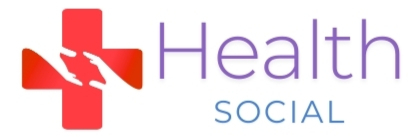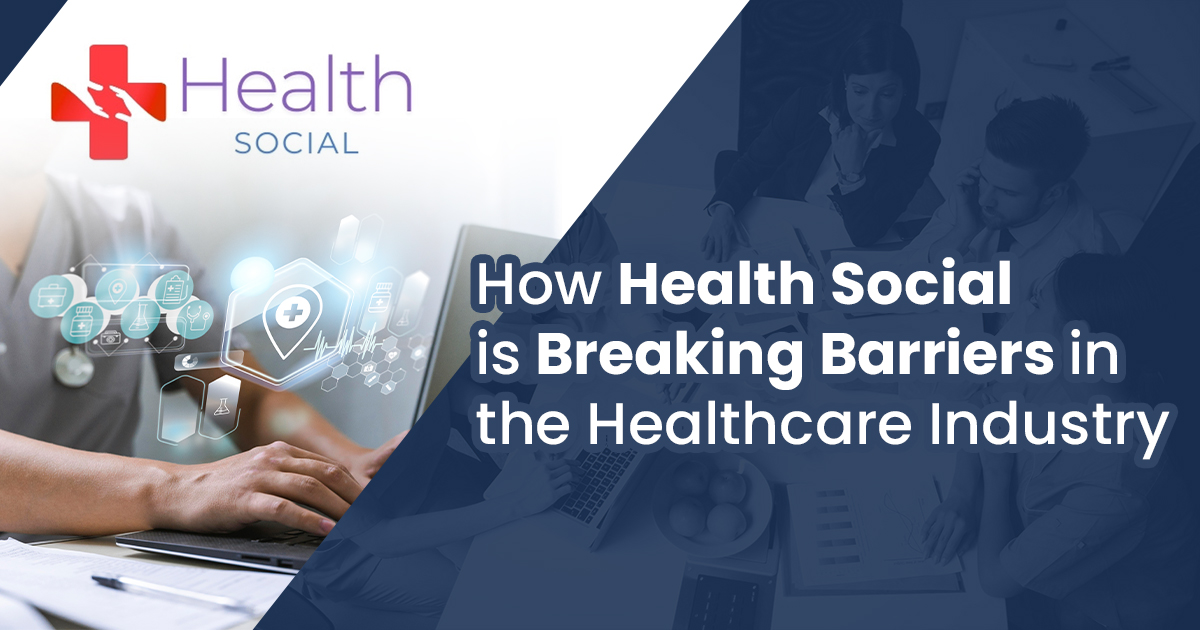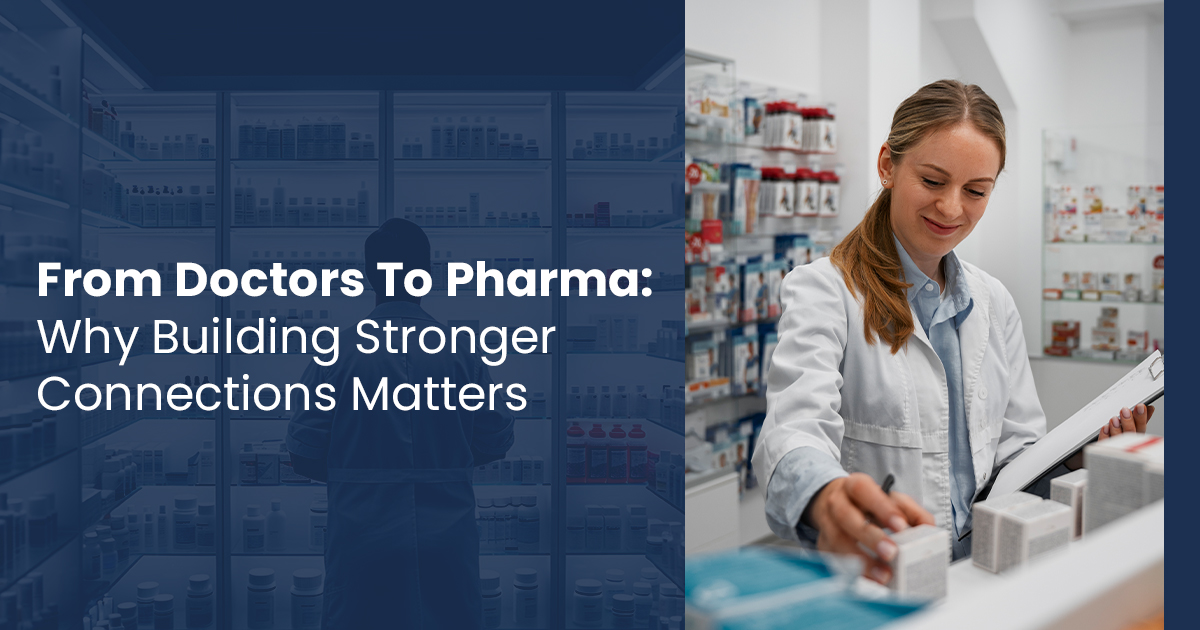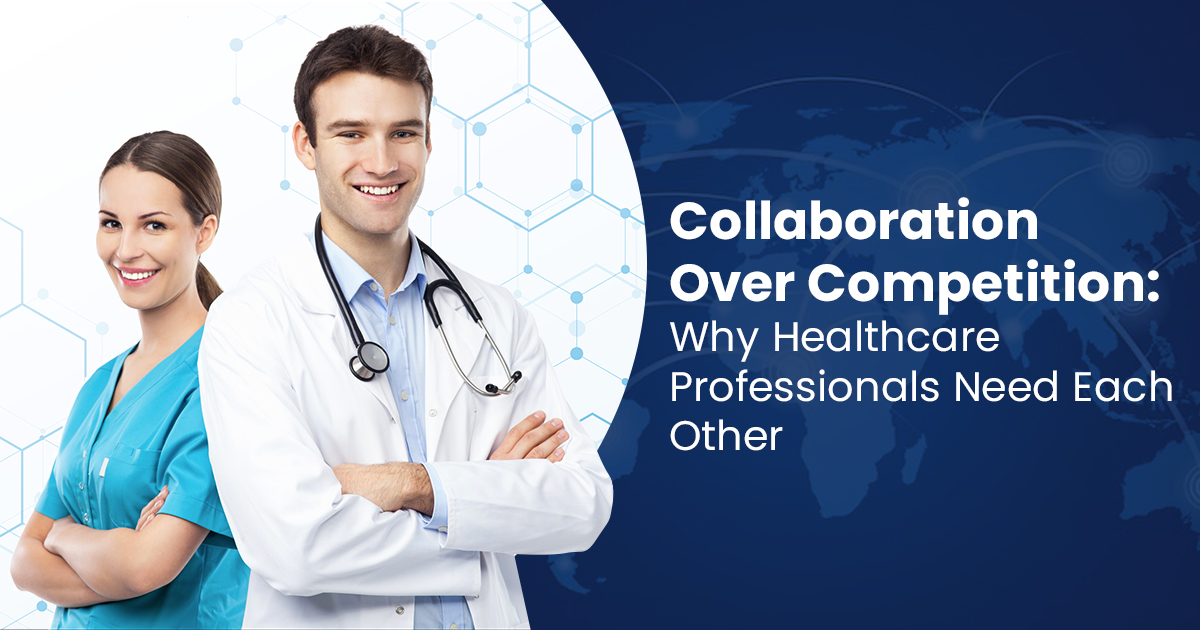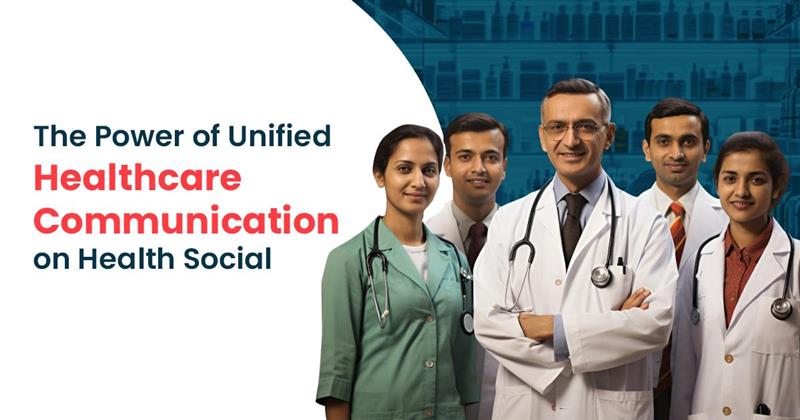Have you wondered why your medicine bills cost you so much? Is it only because of the ingredients or is there more to it? Let’s understand where your money goes when you purchase a medicine, how drug prices are set and why knowing about it is important.
Medicine price breakdown
- Raw materials
Raw materials like APIs and excipients make up the complete drug formulation and contribute to around 30 – 40% of the overall drug cost. According to a report, India receives 43% of its raw material imports from China. Shifts in the global supply of pharma imports may further influence and impact the cost. - Manufacturing cost
The raw materials are then put through an extensive process of manufacturing including quality control checks at every stage. This process involves utilising advanced equipment, and this accounts for 15-20% of the drug cost. - Research & development
From the initial stage of drug discovery to the development of new drugs, it takes 10-15 years and costs $1-2 to bring a new drug into the market. This investment of both lengthy scientific research and financial constraints adds up to the cost of medicines that reach you. - Regulatory expenses
Every drug needs to pass through the regulatory compliances before being available in the market. This requires the conduction of clinical trials and getting approval from respective regulatory bodies of the country such as USFDA, CDSCO, etc. This involves data collection, documentation and inspections all of which are expensive and contribute to 5-10% of the drug cost. - Middlemen involvement
The pharma supply chain cost is yet another factor influencing medicine prices. There are multiple stakeholders involved in drug distribution between pharmaceutical companies to patients. These intermediaries handle, store, and transport drugs to pharmacies and hospitals and enjoy considerable profit margin which further adds to the drug cost for the consumers. The total markup can range between 30-50% depending on the complexities of the supply chain region. - Retail markup and taxes
The retail pharmacist also adds their profit share to the cost of medicines. This is of particular importance in the case of non-scheduled drugs which are not governed by any price control and can hence reach markups as high as 100-200%. The additional Goods and Services Tax further escalates the price of medicines for consumers.
Why are some medicines so expensive?
- Patents and exclusivity: Patents granted for new drugs usually last for 20 years during which period no other company can manufacture those drugs. This gives the innovator company exclusive rights to set higher prices of drugs since there are no competitors. This exclusivity fosters innovation; however, such patented new drugs remain often unaffordable for many.
- Branded vs Generic: Branded drugs are protected by patents and usually cost more than their generic counter-medicines since they involve additional R&D investment. For example, a branded antibiotic may cost 10 times more than a generic one even though they both have the same API.
- Import dependence: Countries like India heavily rely on imported APIs to manufacture medicines. The currency fluctuations together with trade policies influence the drug cost. According to a study, India gets 70% of its API imported from China. For instance, during COVID-19, the surge in API demand spiked the prices by over 50%.
How can transparency help?
Understanding how the prices for medicines are structured can help you as customers to make informed decisions and advocate for fair practices. Here are a few ways it can make an impact:
- Informed choice: Generic drugs can let you save up to 90% compared to branded ones. Don’t let high prescription costs compromise your health. Explore generic options by consulting with doctors or pharmacists to find the most cost-effective medications as per your needs.
- Demand for change: When the consumers are aware of how medicines prices are structured, the policymakers can be pushed towards making changes and addressing the gap in the current pricing system. By speaking up, they can encourage the government towards fair drug pricing, promoting the availability of cheaper drug alternatives like generics and this can lead to stricter regulations in making healthcare more accessible to everyone.
The role of technology in reducing cost
Normally, the drug goes through multiple middlemen, each adding up their profit margin, before reaching the customers until which time the drug price increases significantly. Utilizing a platform that provides a direct-to-customer model will eliminate such intermediaries involved and would connect pharmaceutical manufacturing companies directly to doctors or pharmacists. This can reduce the drug cost by 20-30% benefiting both the consumers and the companies.
Conclusion
The next time you purchase a medicine remember the stages it went through before reaching you. While there are many legitimate costs, some can be upgraded with better policies, awareness and technology. By understanding why your medicines cost so much, you can make well-informed decisions for your health as well as your financial well-being.
Stay abreast, ask questions, and don’t be shy to explore platforms that can save you money while also targeting your healthcare needs. After all, health should not be accompanied by an unaffordable price tag.
